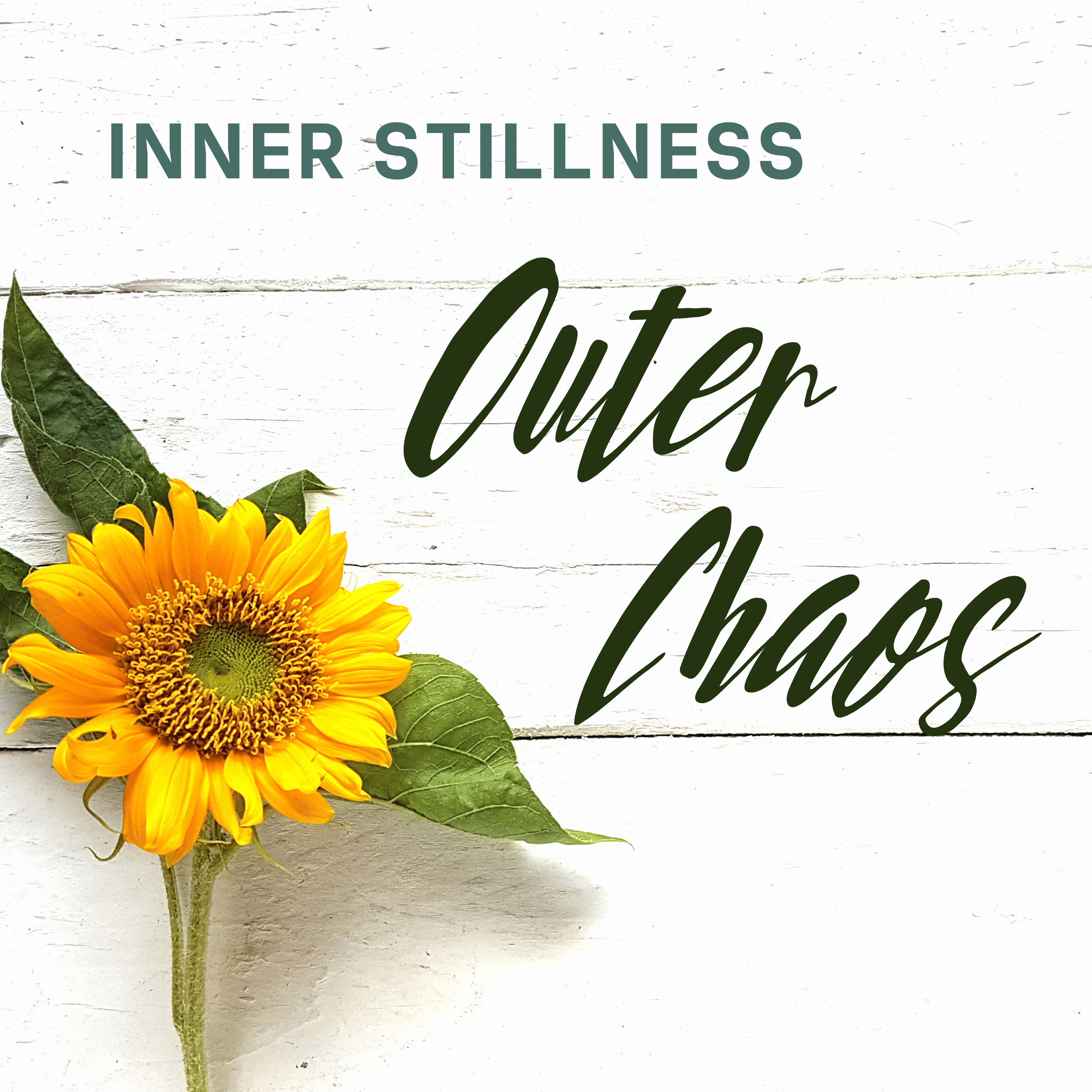

Trauma Informed Vulnerability
Inner Stillness Outer Chaos
| Avery Thatcher | Rating 0 (0) (0) |
| becomingavery.com | Launched: Apr 18, 2024 |
| podcast@becomingavery.com | Season: 2 Episode: 13 |
I’ve come to the conclusion that the typical discussion around vulnerability isn’t actually trauma informed or inclusive, and I think that needs to change.
SUBSCRIBE
Episode Chapters
I’ve come to the conclusion that the typical discussion around vulnerability isn’t actually trauma informed or inclusive, and I think that needs to change.
The concept of vulnerability confuses the heck out of me.
When I think about being vulnerable it feels awkward, unsafe, unclear, and I just don’t even know where to begin.
Then I have a conversation on someone else’s podcast, for example, and they thank me for being so open and vulnerable. But I didn’t even realize that I was being vulnerable at all. I thought I was just being me.
In my relationship with my now married partner, I wanted to be vulnerable. I was eager to share my thoughts, and emotions, and he did a great job to try and make me feel safe to do this.
But my disorganized attachment style, driven by my past complex trauma made this really difficult for me. I’d waffle back and forth between wanting to be open and craving that closeness, to shutting him out entirely and not being sure how to let him back in.
I’ve been thinking about this a lot over the years, and I’ve come to the conclusion that the typical discussion around vulnerability isn’t actually trauma informed or inclusive, and I think that needs to change.
The Unsafe Experiences of Being Vulnerable
The truth is I think most of us have had some degree of negative experiences when we’ve attempted to be vulnerable in the past. Maybe you’ve experienced:
- Dismissive Responses: Sharing vulnerable experiences or emotions, only to receive dismissive or invalidating responses from others, such as being told to "get over it" or "stop dwelling on the past."
- Betrayal of Trust: Confiding in someone about sensitive information or past traumas, only to have that trust betrayed through gossip, spreading rumors, or using the information against them in some way.
- Rejection or Abandonment: Opening up to someone and revealing vulnerabilities, only to have the person withdraw, reject, or abandon them emotionally or physically, reinforcing feelings of unworthiness or abandonment.
- Blame or Shame: Sharing personal experiences or emotions, only to be met with blame or shame for what happened or how they feel, further exacerbating feelings of guilt or self-blame.
- Gaslighting: Sharing memories or experiences related to trauma, only to have them denied or minimized by others, leading to confusion, self-doubt, and a distorted sense of reality.
- Exploitation: Being taken advantage of or exploited by others after revealing vulnerabilities, whether through manipulation, coercion, or emotional blackmail.
- Secondary Trauma: Sharing traumatic experiences with someone who reacts with intense emotional distress or becomes overwhelmed, causing the individual to feel responsible for the other person's reaction and adding to their own emotional burden.
- Reinforcement of Negative Beliefs: Opening up about vulnerabilities, only to have those vulnerabilities used against them as evidence to reinforce negative beliefs about themselves, such as being told they are "weak" or "broken."
- Revictimization: Being re-traumatized or experiencing similar forms of abuse or mistreatment after disclosing past trauma, perpetuating a cycle of victimization and distrust in others.
- Lack of Support: Seeking support or validation from loved ones, only to be met with apathy, indifference, or minimization of their experiences, leaving them feeling isolated and unsupported.
All of these experiences can be deeply painful and can contribute to a reluctance to be vulnerable in the future, reinforcing patterns of avoidance of vulnerability for self-protection. It’s not as easy to just share when you have some or all of these experiences in your past.
And I think that’s why I really struggle with the traditional definition of vulnerability. It doesn’t have space for the nuance that trauma can create.
Why the Traditional Definition of Vulnerability Is Not tInclusive
The traditional definition of vulnerability, as the willingness to open oneself up emotionally, presents a narrow and oversimplified view that doesn’t take the nuances of trauma and diverse lived experiences into account. This definition overlooks the fact that vulnerability is not always a choice, especially for individuals who have experienced trauma and/or belong to marginalized communities.
For trauma survivors, vulnerability can be incredibly scary. Opening up emotionally may not feel safe and definitely doesn’t feel empowering, but instead can lead to anxiety (been there), dissociation (been there too), or emotional overwhelm (have you met me haha). When we say that vulnerability is a willingness, a voluntary act of sharing one's innermost thoughts and feelings, we’re disregarding the nuance.
Then when you look at individuals from neurodiverse, BIPOC, disabled, LGBTQIA+ or other marginalized communities, they may actually not have the safety to be vulnerable, despite the willingness to be so. Plus the way that they might express their true emotions, desires, and thoughts may not be in a “typical” or “conventional” way, and so they’re disregarded even though their experiences are equally valid and deserving of recognition.
This is why I think we need to expand our definition of vulnerability to bring in the nuance of people who have experienced trauma and/or those who face systemic barriers to authentic emotional expression.
The Trauma-Informed Redefinition
So you see, the definition needs to encompass not only the willingness to share emotions and our true self, but also the ability to recognize and navigate emotional triggers, establish boundaries, cultivate trust in ourselves as well as others, as well as address the systemic barriers that make it harder for us to truly be ourselves. It’s not as simple as if you want to be vulnerable or not, but also how your experiences shape your sense of safety.
The truth is, vulnerability is always a little unsafe because you never know how someone else is going to respond to what you’re sharing. But it’s the ability to deal with that uncertainty and the chance that you could get hurt - that’s what we need to work on and strengthen (something that we cover extensively in the Elevate Program).
From this lens, in order to be vulnerable we have to:
- Be self-aware of how past experiences, including trauma and attachment patterns, shape our relationship with vulnerability.
- Feel confident in boundary setting and maintaining those boundaries
- Trust ourselves to know when we can trust others, which can be particularly difficult in cases of trauma, systemic oppression and complex trauma.
- Show ourselves self-compassion and non-judgemental exploration into our patterns and habits that make it challenging to be vulnerable (because these patterns and habits were once there to keep us safe, but we may not need their protection anymore).
- Recognizing that vulnerability is a strength, not a weakness, and acknowledge the courage it takes to show up authentically despite past pain.
Vulnerability with Compassion and Self-Acceptance
Our experiences may have taught us that being vulnerable can lead to hurt, rejection, or further harm, making it difficult to embrace the traditional definition of vulnerability as simply the willingness to open ourselves up emotionally.
Vulnerability encompasses so much more than just sharing our innermost thoughts and feelings. It requires a deep understanding of our past experiences, emotional triggers, and the systemic barriers that may inhibit our ability to express ourselves authentically. It's about establishing and maintaining boundaries, cultivating trust in ourselves and others, and navigating the uncertainties of human connection with courage because vulnerability is scary - and that’s okay.
It’s important that we honour this part of us that has all of the fear around being vulnerable, because they have good reason to be. But there comes a moment when we, our true Self, have to stand up and say “it’s a risk I’m willing to take and I know I can handle” and trust ourselves enough to give it a try.
Absolutely we need to choose our time, person and scenario wisely especially at the beginning. As one person living with a traumatized nervous system to another, if I can do it, so can you. You may need a little support and guidance along the way, but I know you can do it
